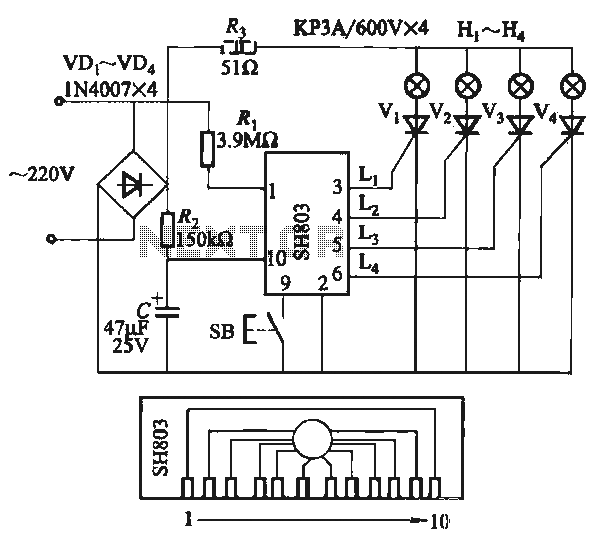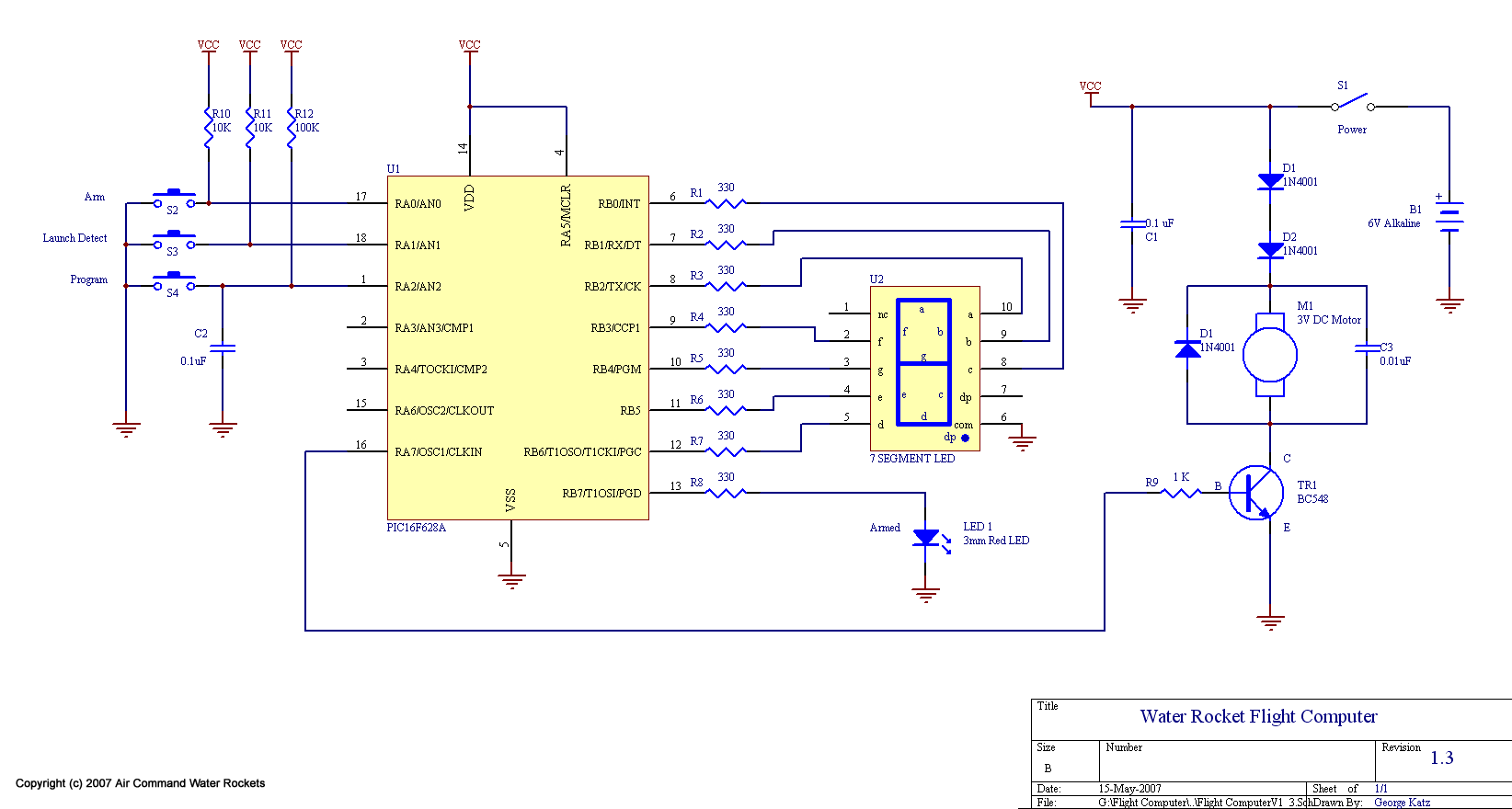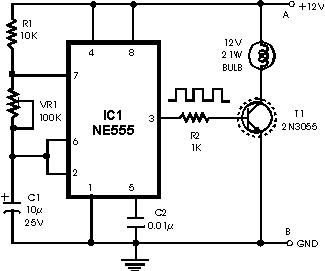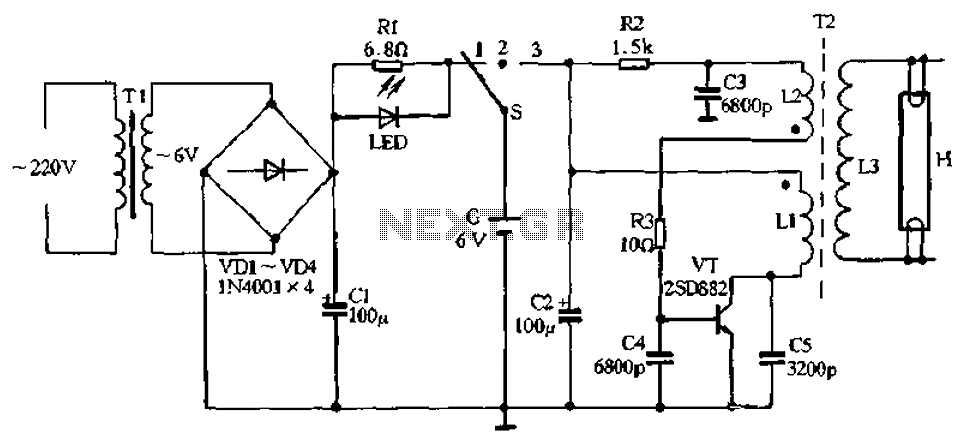
Automotive Check Engine Light Diagnosis
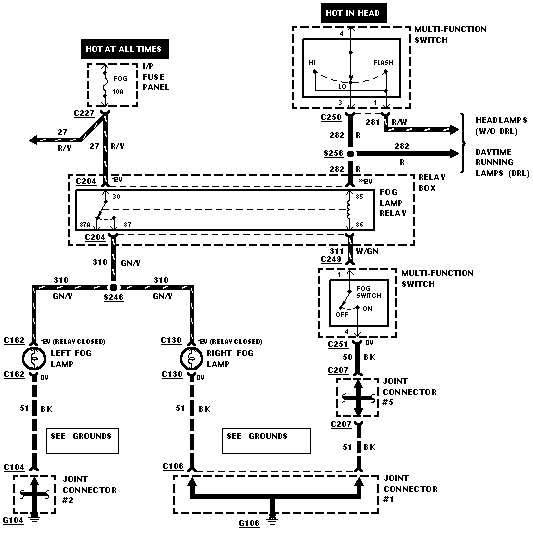
A complete guide to addressing challenging electrical system tests in modern vehicles. This resource serves as a comprehensive tool for resolving issues related to the check engine light. Obtain information from a professional technician today.
The electrical system in contemporary vehicles is complex and often requires specialized knowledge to diagnose and repair effectively. This guide encompasses various aspects of electrical diagnostics, including understanding the onboard diagnostics (OBD) system, interpreting fault codes, and utilizing diagnostic tools such as multimeters and oscilloscopes.
Key components of the electrical system that may be tested include the battery, alternator, starter motor, and various sensors and actuators. The guide outlines methods for testing these components, including voltage and resistance measurements, as well as the use of scan tools to retrieve and analyze trouble codes.
Additionally, troubleshooting strategies are provided for common issues that trigger the check engine light. This includes checking for loose or damaged wiring, inspecting fuses, and ensuring that all connectors are secure. The importance of following manufacturer-specific diagnostic procedures and utilizing service manuals is emphasized to ensure accurate and effective repairs.
Overall, this guide is designed to equip technicians and vehicle owners with the knowledge necessary to navigate the complexities of automotive electrical systems, thereby facilitating timely and efficient repairs while minimizing the risk of further complications.A complete guide to tackling those difficult electrical system tests in today`s cars. The ultimate resource for getting rid of that check engine light! Get info from a professional technician today!.. 🔗 External reference
The electrical system in contemporary vehicles is complex and often requires specialized knowledge to diagnose and repair effectively. This guide encompasses various aspects of electrical diagnostics, including understanding the onboard diagnostics (OBD) system, interpreting fault codes, and utilizing diagnostic tools such as multimeters and oscilloscopes.
Key components of the electrical system that may be tested include the battery, alternator, starter motor, and various sensors and actuators. The guide outlines methods for testing these components, including voltage and resistance measurements, as well as the use of scan tools to retrieve and analyze trouble codes.
Additionally, troubleshooting strategies are provided for common issues that trigger the check engine light. This includes checking for loose or damaged wiring, inspecting fuses, and ensuring that all connectors are secure. The importance of following manufacturer-specific diagnostic procedures and utilizing service manuals is emphasized to ensure accurate and effective repairs.
Overall, this guide is designed to equip technicians and vehicle owners with the knowledge necessary to navigate the complexities of automotive electrical systems, thereby facilitating timely and efficient repairs while minimizing the risk of further complications.A complete guide to tackling those difficult electrical system tests in today`s cars. The ultimate resource for getting rid of that check engine light! Get info from a professional technician today!.. 🔗 External reference
